Backtrack, Britain's Leading Historical Railway Journal, covers all aspects of railway history from its earliest days through to more recent events up to around ten years before now including, early railway history from the 'pre-Stephenson' era, steam, diesel and electric locomotive history, railway company history, railway carriages and wagons, railway stations, railway ships, hotels & road vehicles, railway economic and social history, railway publicity and advertising. Backtrack's contributors include many of today's leading railway history writers. From the beginning the magazine has maintained a reputation for its production values and each issue contains a wealth of photographs reproduced to the highest standards, including a generous selection of historic colour. Published monthly, Backtrack is THE magazine for all who are interested in British railway history.
Editorial
Backtrack
ON THE HOPE VALLEY LINE • A link between Manchester and Sheffield had been established in 1845 by the Sheffield, Ashton-under-Lyne & Manchester Railway through Woodhead Tunnel – later part of the Great Central system. The always ambitious Midland Railway was eventually able to achieve its own line by taking over the nominally independent Dore & Chinley Railway between junctions on the Sheffield-Derby main line and on the Peak Forest route, through the Hope Valley. This was a late arrival on the railway map in 1894 but since the still controversial closure of the Woodhead route in 1981 it is now the only rail link between the two cities. The Hope Valley line is a particularly scenic one as these photographs by STEWART JOLLY show.
THE PONTOP INCLINES OF THE STANHOPE & TYNE RAIL-ROAD COMPANY 1834-1969
BRITAIN LOCOMOTIVE WORKSHOP TO THE WORLD
THE RAILWAYS OF GRAVESEND AND GRAIN PART TWO
THE MINOR ‘COUNTIES’ LEAGUE • The Great Western Railway’s ‘County’ Class of 1945 featured in colour in our May issue when they were identified as the company’s most powerful two-cylinder 4-6-0s. However, they were not the first of the company’s locomotives with this class title, for a 4-4-0 design appeared in 1904. These ‘Counties’, with the look of a shortened version of the ‘Saint’ 4-6-0 and totalling 40 built up to 1912, did useful work on secondary main lines until gradually superceded by 4-6-0s, with the last withdrawn in 1933.
BACK TO THE SOUTH WALES ENGINE SHEDS • We take a look at more of the locomotives found by GAVIN MORRISON on his visits to the motive power depots of South and West Wales.
FOCUS ON INVERNESS • Inverness – the proclaimed ‘capital of the Highlands’ – became a railway focal point. The Highland Railway’s lines headed south towards Perth and beyond over Slochd Summit, east towards Forres and Elgin, west to Kyle of Lochalsh and ultimately over the ‘Far North’ line to Wick and Thurso. Remarkably, apart from a few branches off them, these have repelled all the serious threats to close them and have survived! Here is Inverness in steam days.
‘PUBLIC FRAUDS AND PRIVATE ROBBERIES’ COLONEL SIBTHORP MP AND THE EARLY DAYS OF THE RAILWAYS • DAVID BRANDON introduces us to a Victorian political eccentric – and implacable foe of railways.
EN ROUTE TO WOODFORD AND HINTON
FROM THE CHATHAM COMPANY • One of the most pleasing locomotives in the National Collection is the South Eastern & Chatham Railway’s D Class 4-4-0 No.737 in its lavishly lined green livery, with plenty of polished brasswork. The class dates to 1901 with the aim of producing new main line express locomotives; it was a sound, workmanlike design by Robert Surtees but enhanced in its appearance by the SECR locomotive superintendent Harry Wainwright. The E Class, with slightly smaller driving wheels, followed in 1906. Examples of both types were rebuilt and in effect modernised under R. E. L. Maunsell to produce...
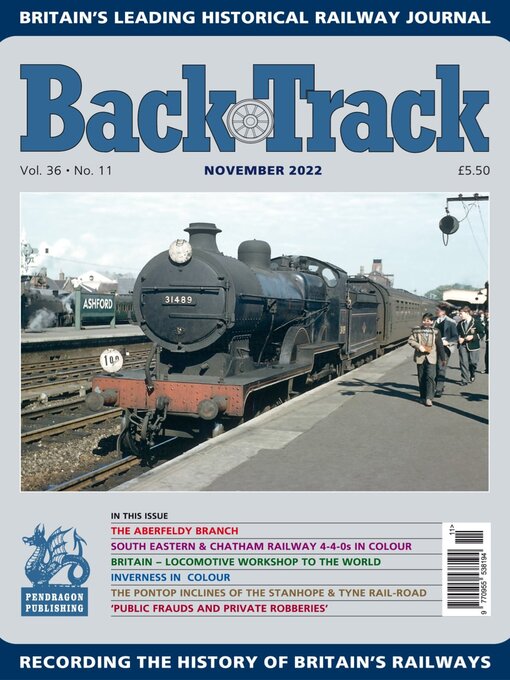
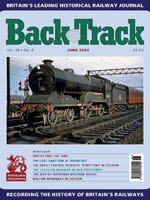 Volume 38 No 6 - June 2024
Volume 38 No 6 - June 2024
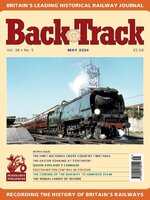 Volume 38 No 5 - May 2024
Volume 38 No 5 - May 2024
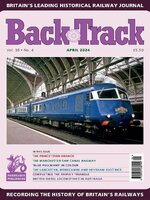 Volume 38 No 4 - April 2024
Volume 38 No 4 - April 2024
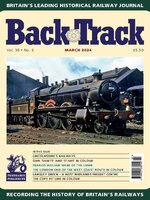 Volume 38 No 3 - March 2024
Volume 38 No 3 - March 2024
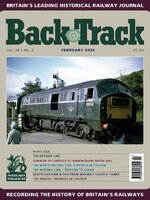 Volume 38 No 2 - February 2024
Volume 38 No 2 - February 2024
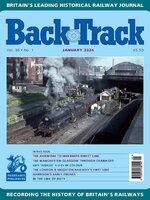 Volume 38 No 1 - January 2024
Volume 38 No 1 - January 2024
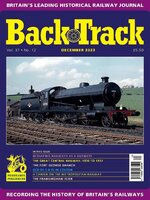 Volume 37 No 12 - December 2023
Volume 37 No 12 - December 2023
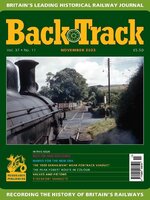 Volume 37 No 11 - November 2023
Volume 37 No 11 - November 2023
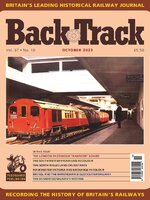 Volume 37 No 10 - October 2023
Volume 37 No 10 - October 2023
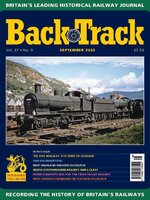 Volume 37 No 9 - September 2023
Volume 37 No 9 - September 2023
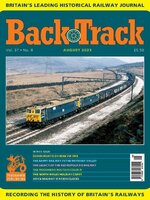 Volume 37 No 8 - August 2023
Volume 37 No 8 - August 2023
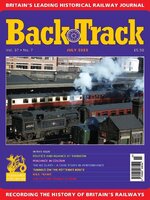 Volume 37 No 7 - July 2023
Volume 37 No 7 - July 2023
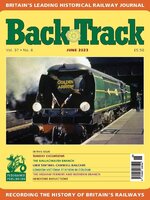 Volume 37 No 6 - June 2023
Volume 37 No 6 - June 2023
 Volume 37 No 5 - May 2023
Volume 37 No 5 - May 2023
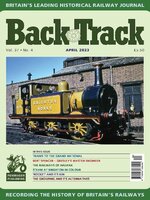 Volume 37 No 4 - April 2023
Volume 37 No 4 - April 2023
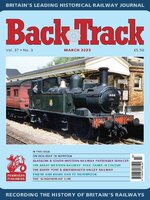 Volume 37 No 3 - March 2023
Volume 37 No 3 - March 2023
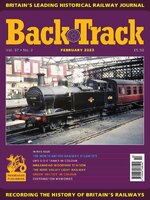 Volume 37 No 2 - February 2023
Volume 37 No 2 - February 2023
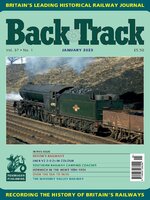 Vol 37 No 1 - January 2023
Vol 37 No 1 - January 2023
 Vol 36 No 12 - December 2022
Vol 36 No 12 - December 2022
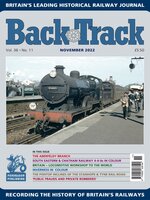 Vol 36 No 11 - November 2022
Vol 36 No 11 - November 2022
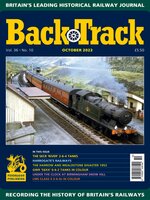 Vol 36 No 10 - October 2022
Vol 36 No 10 - October 2022
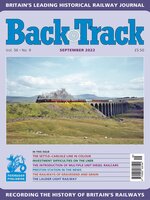 Vol 36 No 9 - September 2022
Vol 36 No 9 - September 2022
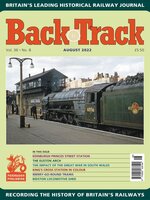 Vol 36 No 8 - August 2022
Vol 36 No 8 - August 2022
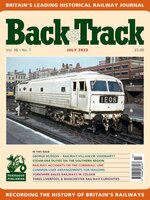 Vol 36 No 7 - July 2022
Vol 36 No 7 - July 2022
